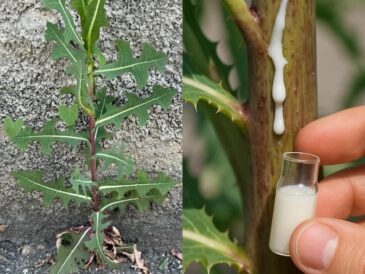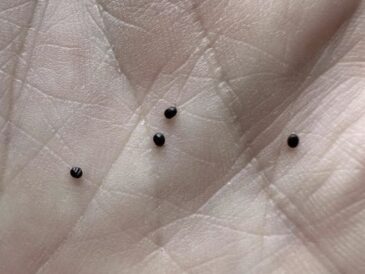Tomatoes are among the most beloved garden crops, but even experienced gardeners can run into problems — one of the most common being yellowing leaves. If you’ve noticed your tomato plants looking a bit off-color, don’t panic. Yellow leaves can be a natural part of growth or a sign of a deeper issue. Understanding the cause is key to saving your crop.
Here are 7 reasons your tomato leaves are turning yellow, along with effective solutions to restore your plants to health.
🌿 1. Natural Aging of Leaves
The Problem:
As tomato plants grow, older leaves near the base will naturally turn yellow and die off. This is part of the plant’s life cycle and not a cause for concern.
How to Fix It:
- Simply prune the yellowing lower leaves using clean scissors or pruners.
- Ensure proper airflow around the base by removing excess foliage.
- Keep your plant focused on producing fruit, not maintaining old leaves.
💧 2. Overwatering or Poor Drainage
The Problem:
Too much water suffocates roots and causes nutrient lockout, leading to yellow, drooping leaves. This is especially common in clay soil or containers without drainage holes.
Signs:
- Leaves turn pale yellow or develop brown edges.
- The soil feels soggy or smells musty.
How to Fix It:
- Let the soil dry before watering again.
- Water only when the top 1–2 inches of soil feel dry.
- Improve drainage by adding compost or using well-draining containers.
🏜️ 3. Underwatering
The Problem:
On the flip side, lack of water causes plants to become stressed and leaves may turn yellow, curl, or become crispy.
How to Fix It:
- Water deeply and consistently, especially during hot weather.
- Mulch around the base to retain moisture.
- Use drip irrigation for even water distribution.
🌱 4. Nutrient Deficiency (Especially Nitrogen)
The Problem:
Tomato plants are heavy feeders. Yellow leaves with green veins or stunted growth can indicate a nitrogen deficiency.
Other signs:
- The yellowing often starts at the bottom of the plant and moves up.
- Poor fruit development.
How to Fix It:
- Apply a balanced fertilizer or one high in nitrogen (like 10-5-5).
- Use organic options such as composted manure or fish emulsion.
- Consider a soil test to check nutrient levels.
🦠 5. Pests and Diseases
The Problem:
Tomatoes are vulnerable to pests like aphids, whiteflies, and spider mites, which suck sap from the leaves, causing yellowing and deformation.
Common diseases include:
- Early blight
- Fusarium wilt
- Verticillium wilt
These fungal and bacterial diseases also cause yellowing, often starting from the bottom up.
How to Fix It:
TO CONTINUE READING THE ARTICLE PLEASE SEE PAGE 2




